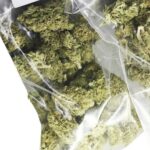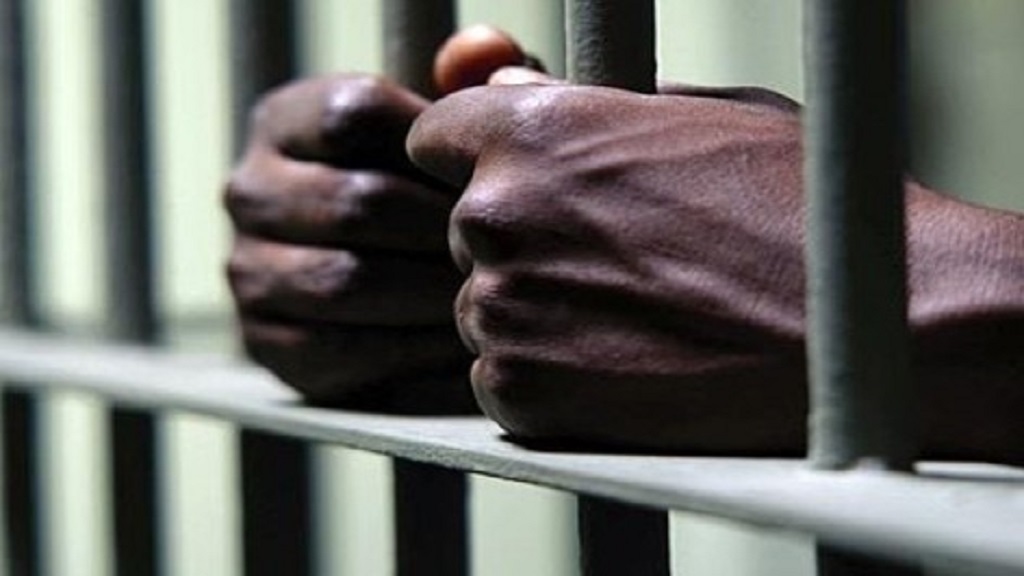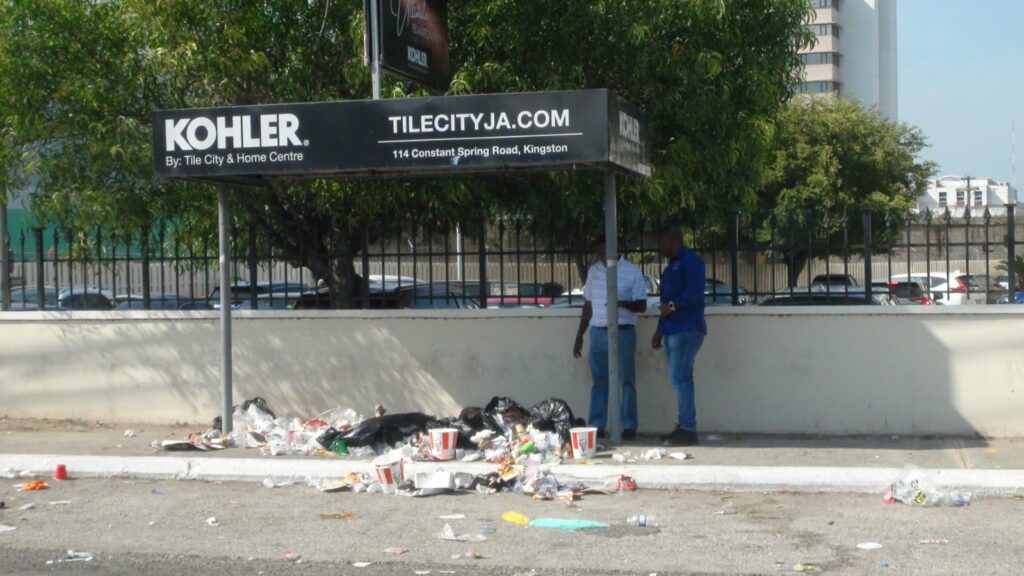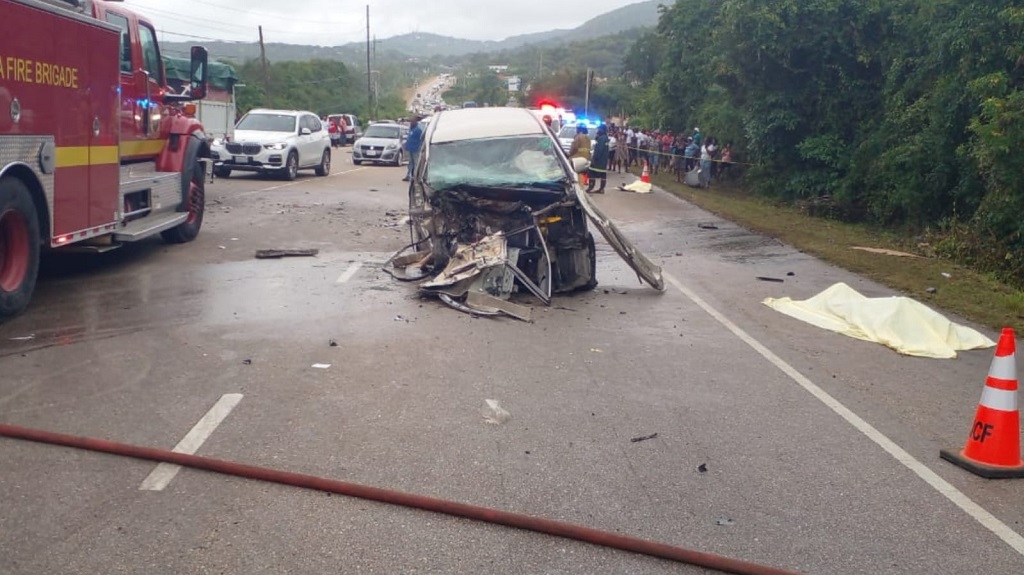HANOI, Vietnam (AP) — For the young Vietnamese dope smokers rolling up outside a smart Hanoi cafe, local cannabis is just
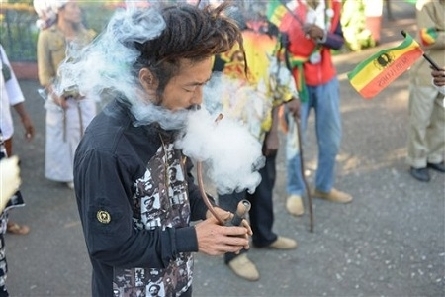
not good enough. As with their Adidas caps, IPhones and Sanskrit tattoos, so with their choice of bud: only foreign will do.
Potent marijuana grown indoors in Canada and the United States is easy to buy in Hanoi and Ho Chi Minh City, say regular smokers, and sells for up to 10 times the price of locally grown weed. That’s perhaps surprising given that marijuana is easy to cultivate regionally, and bringing drugs across continents is expensive and risky.
Some experts say the trade can be explained by the dominant role Vietnamese diaspora gangs play in cultivating the drug in Western countries, making sourcing the product and smuggling it to Vietnam an easier proposition than it might be otherwise.
The characteristics of cannabis use in the country also drive the trade. The drug is used mostly by foreigners and well-heeled Vietnamese, who are prepared to pay for quality. Vietnamese have long shown preferences for imported goods of all kinds — and it appears marijuana is no exception.
Regardless of the reasons, its availability in Vietnam is a sign of how hydroponic growing techniques have shaken up the global marijuana business. In the 1960s and 70s, marijuana went from plantations in countries such as Thailand, India and Morocco to wealthy consumer markets in the West. Now, many Western countries are self-sufficient in the weed because of indoor cultivation, and export is on the agenda.
Western-grown cannabis is also appearing in Japan and South Korea. Unlike Vietnam, both are wealthy, developed nations with climates ill-suited to cultivation. They too have seen a shift in supply from countries in the region such as India and Thailand to North America and Europe, law enforcement authorities there say.
The smokers sitting outside the Hanoi cafe, a short walk from the city’s famed French-era Opera House, seemed proud they were able to buy foreign, expensive buds, boasting their city was like a “mini Amsterdam.” But as the tightly rolled joints went round, they struggled to explain why Western weed was available.
“Some people raise cows,” said one, a tattoo shop owner with a passion for big bikes and Facebook. “Other people prefer to buy steak at the market.”
Like other smokers interviewed for this story, he declined to give his name because marijuana is illegal in Vietnam.
Vietnamese diaspora criminal gangs got into the marijuana cultivation business in North America in the 1980s. Having found a niche, they expanded and now account for much of the business across Europe also.
Martin Bouchard, a professor in criminology at Canada’s Simon Fraser University and expert in the cannabis trade, said he was unaware that Canadian-grown weed was showing up in Vietnam but that it could be explained.
“The quality and reputation of the Canadian cannabis is such that it could be worth the trouble and cost of importing,” he said. “The Diaspora connections probably make this easier and cheaper than it normally would.”
Smokers said one gram of Canadian retails for anything up to $45, the average weekly wage in the country. Mid quality hydroponically grown marijuana sells for about $10 a gram in the United States and Canada.
Smokers, quoting dealers, said some of the weed comes into the country via the northern port in Haiphong, a city that has a reputation for the import and export of illegal goods as well as the laundering of drug profits by Diaspora growing gangs. Other channels included smuggling by flight crew in liquor boxes or the postal service.
“They charge a ridiculous premium, but the quality compared to the local stuff is ridiculously different,” said one expatriate English teacher who before arriving in Vietnam had worked for seven months on a farm for medical marijuana in California. “It’s good for special occasions.”
There are no public statistics on cannabis use in Vietnam, but it is a niche product without a long history of use like say in India. The drug’s well documented use by American soldiers during the Vietnam War is credited by some for introducing or popularizing it.
Speaking after a UN-organized media conference on drug use in Vietnam and elsewhere in Asia, Lieutenant General Do Kim Tuyen, a deputy director general at the Ministry of Public Security, said he was unaware of details of the cannabis trade in Vietnam.
Canadian police didn’t directly answer questions on the flow into Vietnam, but said in a statement they were committed to “directing attention and resources to combating the illegal drug trade both domestically and internationally.”
Tun Nay Soe, an expert at the United Nations Office on Drugs and Crime in Thailand, put the business down to the social cachet of using imported, better quality product. He said a similar pattern could be detected with ecstasy use in Asia, where tablets imported from Europe are more expensive than regionally produced ones.
“On the one hand, there is enough supply is here, so we really don’t need things coming from other parts of the world,” he said. “But when we talk about high potency cannabis, then it is a different story. Among the elite and rich kids, this is like a trend: ‘let’s not use local stuff, it is rubbish.'”





